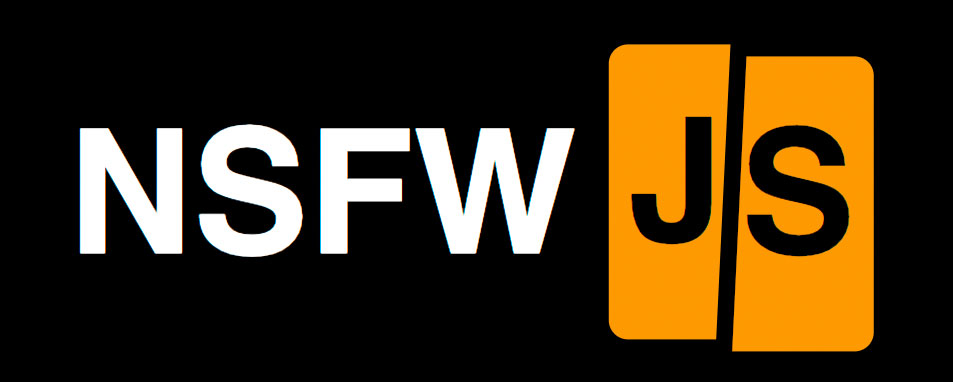项目
范例
说明
!
[if ! IE]
The NOT operator. This is placed immediately in front of the?feature, ?operator, or?subexpression?to reverse the Boolean meaning of the expression. NOT运算符。这是摆立即在前面的_功能_,_操作员_,或_子表达式_扭转布尔表达式的意义。
lt
[if lt IE 5.5]
The less-than operator. Returns true if the first argument is less than the second argument. 小于运算符。如果第一个参数小于第二个参数,则返回true。
lte
[if lte IE 6]
The less-than or equal operator. Returns true if the first argument is less than or equal to the second argument. 小于或等于运算。如果第一个参数是小于或等于第二个参数,则返回true。
gt
[if gt IE 5]
The greater-than operator. Returns true if the first argument is greater than the second argument. 大于运算符。如果第一个参数大于第二个参数,则返回true。
gte
[if gte IE 7]
The greater-than or equal operator. Returns true if the first argument is greater than or equal to the second argument. 大于或等于运算。如果第一个参数是大于或等于第二个参数,则返回true。
( )
[if !(IE 7)]
Subexpression operators. Used in conjunction with boolean operators to create more complex expressions. 子表达式运营商。在与布尔运算符用于创建更复杂的表达式。
&
[if (gt IE 5)&(lt IE 7)]
The AND operator. Returns true if all subexpressions evaluate to true AND运算符。如果所有的子表达式计算结果为true,返回true
[if (IE 6)(IE 7)]
The OR operator. Returns true if any of the subexpressions evaluates to true. OR运算符。返回true,如果子表达式计算结果为true。
举个栗子
1 |
|




